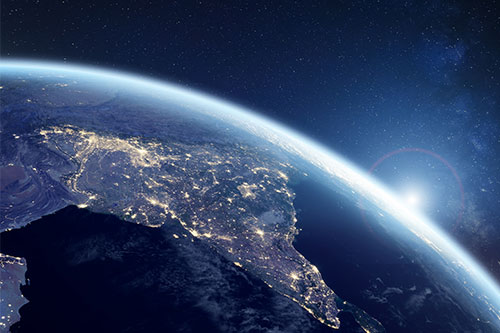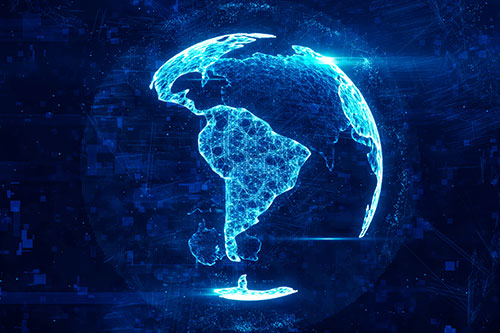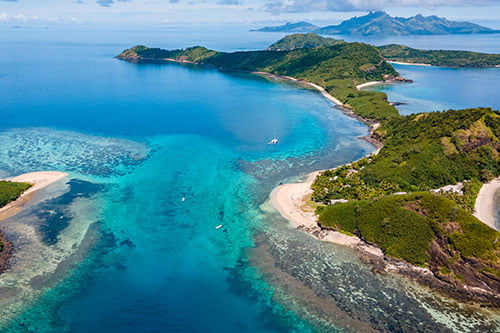By Nicole Starosielski
There’s a new undersea cable in the works, unlike any system that’s been built before. It is almost 10,000 miles long. It winds under the Arctic Ocean, from the United Kingdom, over Canada, and down to Japan, offering the fastest possible route between London and Tokyo. It stops on icy Canadian shores along the way, providing internet access to small communities entirely dependent on spotty satellite connection. And what’s really new: the cable is made possible only by climate change. Melting Arctic ice is making way for giant cable ships.
This post is an excerpt from The Undersea Network, the latest book by Nicole Starosielski, an associate professor of media, culture and communication at New York University.
Or so this is the business case Arctic Fibre has pitched. But from a purely technical and economic standpoint, the cable makes less sense. There are plenty of terrestrial networks spanning North America. Why choose a route through a radically de-populated area and a completely inhospitable environment? Why spend $640 million to connect Arctic communities with a high-capacity cable when they’ll never use a significant percent of it? With the enormous number of data connections between London and Tokyo, who would buy the capacity on this cable? The same question could be posed to other recent (and failed) projects that sought to spend millions to link already-connected endpoints via circuitous routes, such as SPIN, a cable system designed to hop from island to island across the Pacific.
One answer: these cables offer diversity – a redundant and geographically disparate pathway that makes traffic overall more reliable. If laid, they would better protect our information flows from people, environments, and other forms of interference. Arctic Fibre avoids pressure points between Europe and Asia, including the earthquakes of the Luzon Strait, South China Sea, and western Pacific. It bypasses social and political unrest in the Suez Canal and Mediterranean Sea. It avoids transit zones where ships can easily drop anchor on the cables. It has direct circuits that circumvent the United States, creating a channel between Europe, Asia, and the Middle East that is supposedly secure from NSA monitoring.
Diversity has been important to telecom companies in the past, especially when a few monopolies controlled all of the submarine network. Yet the industry for the most part is conservative: it tends to stick with the tried-and-true, following existing lines across the ocean. Even though 99% of transoceanic internet traffic is carried by undersea cables, most of these systems are clustered in only a few zones. In Australia, almost everything exits through Sydney and Perth. On the United States’ east coast, most of the internet departs from landing stations outside of Miami and New York.
This didn’t seem to be a pressing problem until recently, when several very public cable breaks revealed just how fragile the network really was. In December 2006 the Hengchun earthquake off the coast of Taiwan triggered underwater landslides, breaking seven cables and significantly decreasing internet connectivity. In 2008 a series of cable cuts occurred just north of Alexandria, Egypt, a pressure point in Europe-Asia traffic. The following year a global summit was convened on the resilience of network infrastructure. The summit’s participants concluded that even though individual systems were highly reliable, on a “global level, the overall interconnectivity of the continents violates a fundamental reliability design principle—avoid single points of failure.” They worried about “geopolitical chokepoints” where cable paths were funneled together and warned us that a disaster in one of these areas “could cause catastrophic loss of regional and global connectivity.”
The cable breaks, the summit, and the ever-increasing dependency on undersea systems spurred a number of projects that, like Arctic Fibre, offer truly innovative routes across the ocean. Yet actually creating a robust, diverse network is a challenge that can’t be solved easily.











